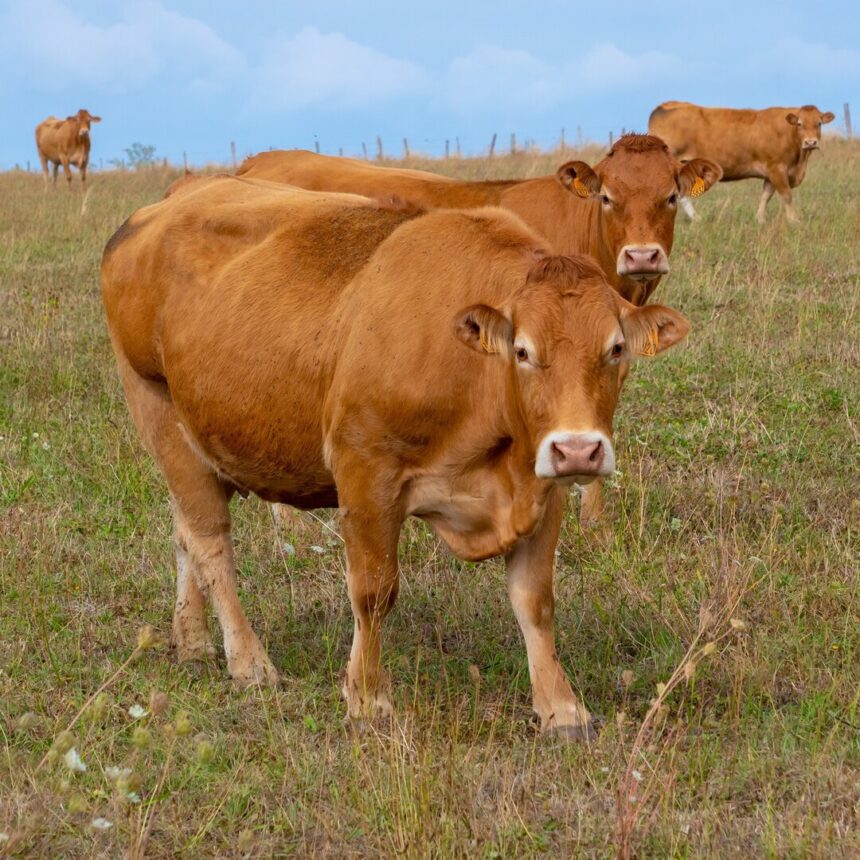Tuli cattle, renowned for their resilience, adaptability, and superior meat quality, have become a popular choice for livestock producers in South Africa. Originating from Botswana, Tuli cattle have thrived in the diverse environmental conditions of Southern Africa, making them well-suited to the agricultural landscape of South Africa. Whether you’re a seasoned cattle breeder or considering entering the industry, here are ten essential insights to know about breeding and farming Tuli cattle in South Africa:
1. Heritage and History: Tuli cattle trace their origins to the Tuli region of Botswana, where they were developed by crossing indigenous Sanga cattle with European Bos taurus breeds. The breed’s development focused on selecting for traits such as heat tolerance, disease resistance, and meat quality.
2. Adaptability to Environmental Conditions: Tuli cattle are well-adapted to a wide range of environmental conditions, including hot and dry climates prevalent in many parts of South Africa. Their ability to thrive in harsh conditions and utilize sparse vegetation makes them ideal for extensive farming systems.
3. Meat Quality: Tuli cattle are prized for their high-quality beef, characterized by excellent marbling, tenderness, and flavor. Their meat is sought after by consumers and processors alike, making Tuli cattle a profitable choice for beef production enterprises.
4. Calving Ease: Tuli cattle are known for their ease of calving, with cows typically calving unassisted and producing vigorous calves with high survival rates. This calving ease reduces labor requirements and veterinary intervention, contributing to lower production costs and increased productivity.
5. Grazing Behavior: Tuli cattle exhibit efficient grazing behavior, efficiently utilizing available forage resources and browsing on a variety of vegetation types. Their ability to thrive on natural pastures makes them well-suited to extensive grazing systems common in South Africa.
6. Disease Resistance: Tuli cattle possess natural resistance to common cattle diseases prevalent in South Africa, including tick-borne diseases and parasites. Their robust immune systems and hardiness reduce the need for extensive medical interventions, promoting herd health and productivity.
7. Housing and Management: Provide adequate housing and management facilities to ensure the health and well-being of Tuli cattle. Construct sturdy shelters or pens with proper ventilation, drainage, and protection from adverse weather conditions to promote comfort and minimize stress.
8. Nutrition Requirements: Meet the nutritional needs of Tuli cattle by providing a balanced diet rich in fiber, protein, vitamins, and minerals. Supplement grazing with high-quality forage and concentrates to support optimal growth, reproduction, and overall health.
9. Breeding Strategies: Develop strategic breeding programs aimed at maximizing the genetic potential of Tuli cattle. Select breeding stock based on desirable traits such as meat quality, adaptability, and disease resistance, and implement controlled mating systems to optimize breeding outcomes.
10. Market Opportunities: Explore various market opportunities for Tuli cattle products in South Africa, including beef production for local consumption and export. Position Tuli beef as a premium product, highlighting its superior quality, flavor, and sustainability to attract discerning customers.
Breeding and farming Tuli cattle in South Africa present lucrative opportunities for livestock producers seeking resilient, productive, and profitable cattle breeds. By leveraging the breed’s adaptive traits, meat quality, and reproductive performance, cattle farmers can establish successful and sustainable beef production enterprises. With proper management, nutrition, breeding, and market engagement, Tuli cattle can contribute to the growth and development of the beef cattle industry in South Africa while meeting the demands of domestic and international markets.
Join 'Farmers Mag' WhatsApp Channel
Get the latest Farming news and tips delivered straight to your WhatsApp
CLICK HERE TO JOIN






